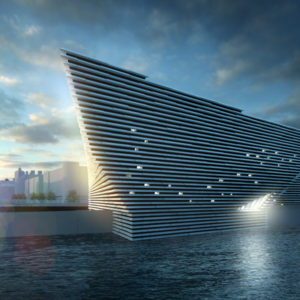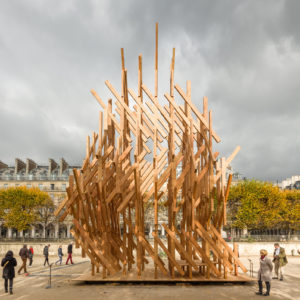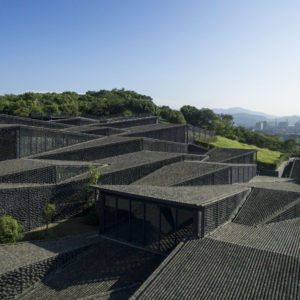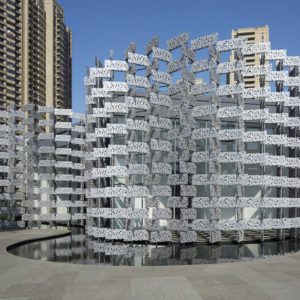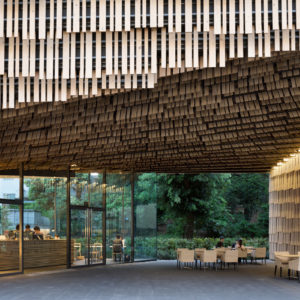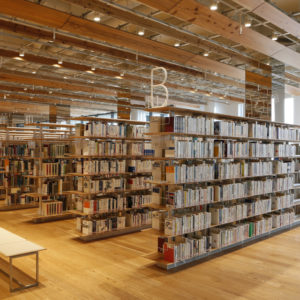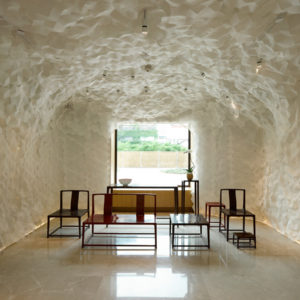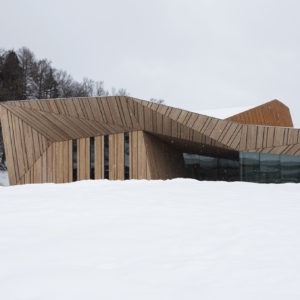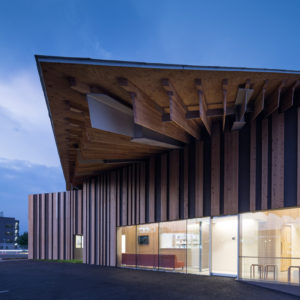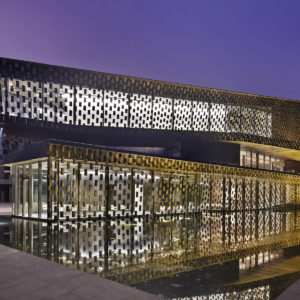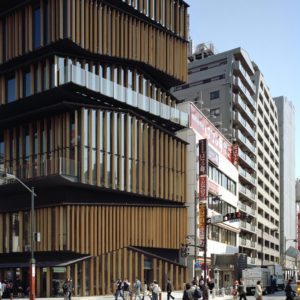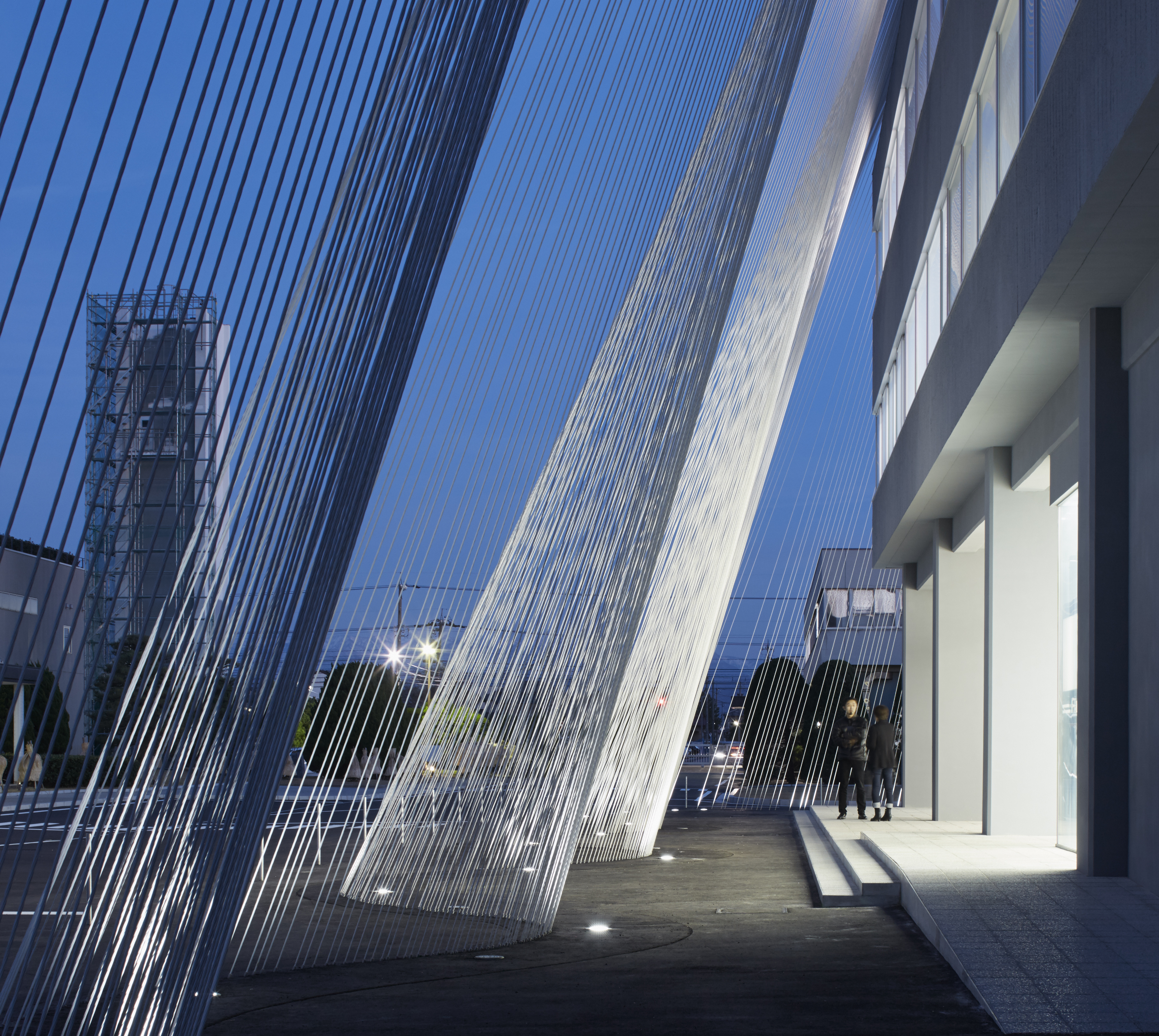
Buildings shelter and protect, yet also can isolate and divide. Inhabitants can become separated and even alienated from the natural beauty and cultural dynamism surrounding them.
So argues the influential Japanese architect and theorist Kengo Kuma, founding principal of Kengo Kuma & Associates. Since launching his firm in 1990, Kuma has sought to articulate and embody a different vision — one that combines sophisticated technologies and the imaginative use of traditional Japanese materials with a deep and even poetic commitment to the particularities of site and place.
At 6:30 p.m. Wednesday, May 4, Kuma will deliver the annual CannonDesign Lecture for Excellence in Architecture and Engineering at Washington University in St. Louis. Presented as part of the Sam Fox School of Design & Visual Arts’ spring Public Lecture Series, the free talk, titled “Anti Object,” will take place in Steinberg Auditorium.
“Architecture is too often seen as isolated, unique, extraordinary monuments created by geniuses,” said Seng Kuan, assistant professor of architecture. “This object-oriented bias has also shaped how modern architecture in Japan has developed. ‘Anti-Object’ is Kuma’s manifesto for what he calls ‘weak architecture,’ in which space is delineated — or sometimes merely suggested — by light, structure and materiality.
“His oeuvre is not about the pursuit of singular masterpieces, but multiple threads of experimentation,” Kuan added, noting that Kuma has demonstrated a particular dexterity with building materials. “Familiar palettes — stone, terra cotta, wood, bamboo, hay — are reinvented and combined with synthetic materials, such as carbon-fiber threads, to create sensual and thought-provoking new arrangements.”
A reception for Kuma will precede the talk, at 6 p.m. Steinberg Hall is located near the intersection of Skinker and Forsyth boulevards, immediately adjacent the Mildred Lane Kemper Art Museum. For more information, call 314-935-9300 or visit samfoxschool.wustl.edu.
